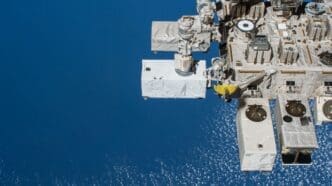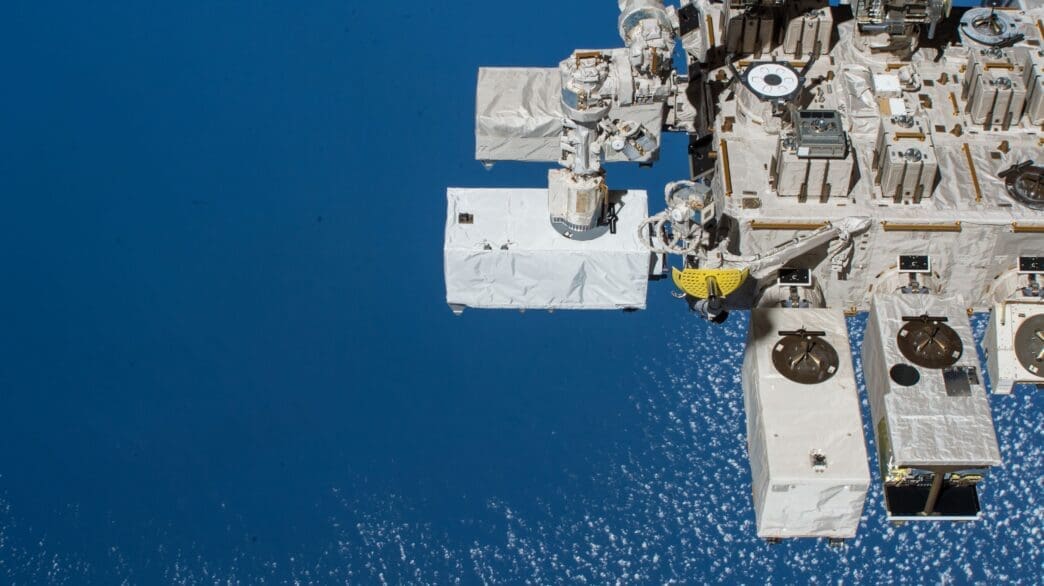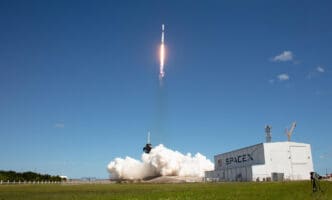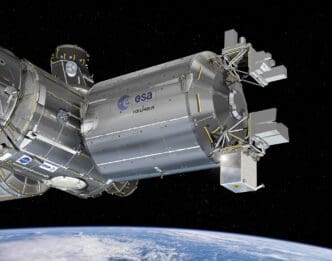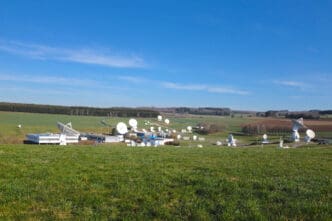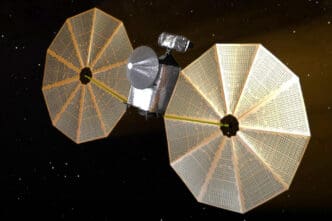NASA is at the forefront of cutting-edge research, unveiling fascinating developments from the International Space Station. Every discovery from space transforms how we engage with our world. Find out how technology changes what we know about water, weather, and even Mars exploration.
Through advanced instruments and robotics, NASA continues to expand our understanding of Earth and beyond. Learn about the latest breakthroughs set to revolutionize our approach to water management, robotic exploration, and atmospheric studies. Discover the future of technology from the comfort of the cosmos.
Understanding Water from Space
NASA’s ECOSTRESS instrument aboard the ISS is setting new standards for water management on Earth by accurately estimating evapotranspiration rates. This finding is crucial for regions like California, struggling with drought. With precise data, local authorities can better manage their resources and address the challenges posed by climate change.
By comparing space-based estimates with ground-based values, researchers demonstrate that NASA’s technology offers more consistent coverage. This innovation is invaluable, especially for areas lacking comprehensive water-tracking systems. Ground-based systems often fall short, limited by spatial coverage and consistency, while space-based estimates offer a promising alternative.
Robots with Legs: Exploration Pioneers
In a thrilling test, a four-legged robot named Bert, remotely controlled by space crew members, showcased its potential to explore extraterrestrial terrains. If successful, these robotic companions could revolutionize exploration on moons and planets, traversing landscapes inaccessible to traditional wheeled vehicles.
The European Space Agency’s investigation, Surface Avatar, explores how operators interact with robots, gathering insights on physical feedback and remote challenges. ESA astronaut Samantha Cristoforetti plays a crucial role in these maneuvers, helping refine the technology further.
Legged robots could one day roam freely on the Moon or Mars, surveying landscapes and collecting valuable data for future missions. With Bert leading the way, the potential applications for such technology are vast and exciting.
Imaging Earth’s Atmosphere
The Compact Thermal Imager (CTI) captures impressive imagery of Earth’s atmospheric events from its perch on the ISS.
These images have the power to reshape remote sensing technology and practices, offering clear views of clouds, gravity waves, and volcanic plumes.
Installed on Robotic Refueling Mission 3 hardware, CTI stands out for its compact design, lower energy use, and cost-effectiveness. Researchers found it can precisely measure temperatures of Earth’s surface, aiding studies of natural phenomena.
CTI’s ability to measure surface changes from space marks a significant leap forward in understanding our environment. It’s paving the way for better climate research and more efficient observational tools, benefiting multiple scientific disciplines.
Thermal Imaging and Its Impact
Anne McClain and David Saint-Jacques lend their expertise to the installation of hardware, ensuring CTI’s success on the mission.
This tool has become indispensable not only in measuring fires, glaciers, and snow but also in tracking water transfer from land to the atmosphere.
The data gathered have far-reaching implications for both environmental research and disaster management strategies. CTI’s widespread coverage makes it a powerful asset in global remote sensing, enhancing precision like never before.
Challenges and Achievements in Surface Robotics
Legged robots have become focal points for space agencies, offering new possibilities for exploration.
NASA’s mission with Bert highlights both the potential and the obstacles involved in operating such robots remotely. Despite some challenges, this pioneering work promises to enhance our understanding of other planets in ways we couldn’t have imagined.
Luke from Above: Observing Our Planet
NASA’s imaging technologies continually contribute to atmospheric study, yielding intriguing results.
Each wavelength captured can tell a hidden story about Earth’s atmospheric conditions.
The CTI technology, while small, holds massive potential in pushing forward what we know about atmospheric science. The instrument’s near-global reach allows for comprehensive monitoring, setting new precedents.
Coupling Innovations and Exploration
The collaborative efforts of astronauts, engineers, and scientists are driving progress. With each mission, new challenges lead to innovative solutions, enhancing our exploration and understanding of the cosmos.
Bert continues developing, exemplifying how robotics can bridge gaps between isolation and discovery. ESA-led investigations and partnerships advance this frontier, establishing new benchmarks.
As technologies evolve, opportunities for exploration and understanding grow exponentially. The role of robotics in this journey cannot be overstated.
Spinning into New Possibilities
Space station missions are ventures into the unknown, where each success or failure contributes to future breakthroughs.
Science like that conducted on ISS provides foundations for upcoming missions, whether involving humans or robots. As we learn about Earth from space, we simultaneously fortify our foothold for the next great leap.
With robots like Bert and sensors like CTI, space exploration becomes more accessible, paving paths for future innovations yet to be imagined.
NASA’s ongoing efforts in space technology and research offer a glimpse into a promising future where the possibilities are virtually limitless.
From advancing water management with ECOSTRESS to new robotic frontiers with Bert, the work being done today paves the way for tomorrow’s discoveries.

